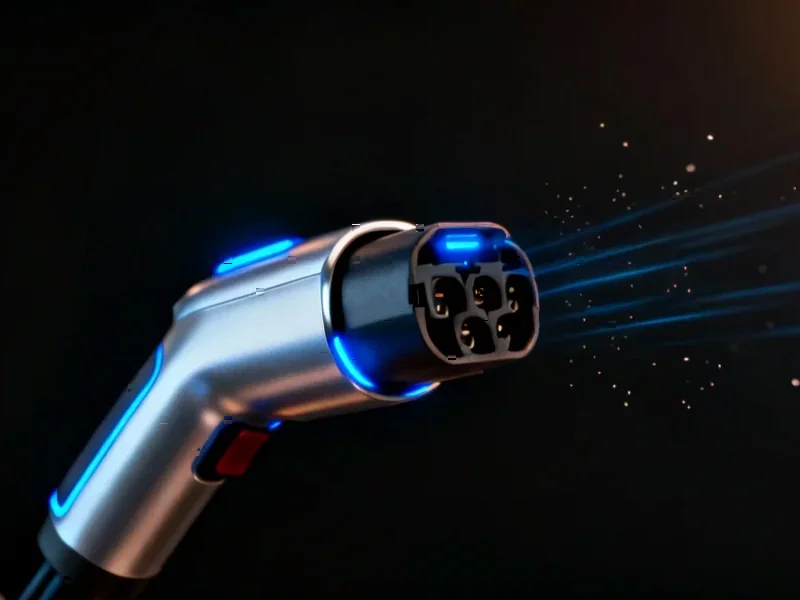According to VentureBeat, Sunflower Labs just hit a trifecta that could fundamentally change the security industry. The company secured nationwide FAA approval to operate its autonomous security drones beyond visual line of sight across 99% of the U.S., launched an interactive property configuration tool, and closed a $16 million Series B round led by Sequoia Capital. This regulatory green light means customers can legally deploy these systems without case-by-case approvals—a massive barrier that’s now gone.
The regulatory breakthrough that changes everything
Here’s the thing about drone security: it’s been stuck in regulatory purgatory for years. The FAA has been understandably cautious about letting drones fly where operators can’t see them. But Sunflower Labs just cleared that hurdle with what appears to be the first nationwide BVLOS approval for security applications. This isn’t just a small waiver—it covers flying over people, vehicles, and in low-visibility conditions. Basically, they’ve future-proofed their operations against upcoming Part 108 rules that will govern routine BVLOS flights. That’s huge.
Think about what this enables. Large industrial sites, commercial campuses, even private estates can now deploy autonomous drone patrols that respond to threats in seconds rather than minutes. The company says they’ve already increased autonomous patrols tenfold in the past year while maintaining a perfect safety record. That’s not just convenient—it’s potentially revolutionary for security response times.
Beyond flying cameras
What makes this different from your average drone with a camera? Sunflower Labs is positioning their Beehive system as “practical AI” rather than experimental tech. We’re talking object detection that can follow people in real time, hazard identification for things like fires or weapons, and dynamic repositioning to maintain visibility. The privacy-first design that blurs sensitive areas while preserving security insights is a smart touch—it addresses one of the biggest concerns about surveillance drones.
And the new property configuration tool is genuinely clever. Customers can map their property, place drone hives, and see exactly how the system would work before committing. That transparency could be a game-changer for adoption. No more guessing about coverage or response times.
The bigger picture
So where does this leave traditional security? We’re looking at a future where autonomous systems augment—and potentially replace—human patrols for large-scale properties. The Alarm.com integration is particularly telling. That partnership means this technology could quickly scale through existing security dealer networks rather than requiring completely new sales channels.
The $16 million from Sequoia and others suggests investors see the same potential. When you’ve got alarm companies themselves investing in your drone security platform, you know you’re onto something. This feels like one of those moments where a niche technology suddenly becomes mainstream because the regulatory and business pieces finally aligned.
What’s fascinating is how quickly this could scale internationally. With the U.S. regulatory framework as a template, expansion into Europe and Latin America becomes much more straightforward. We might be looking at the beginning of a fundamental shift in how we think about physical security—from reactive human patrols to proactive autonomous systems that never sleep.




